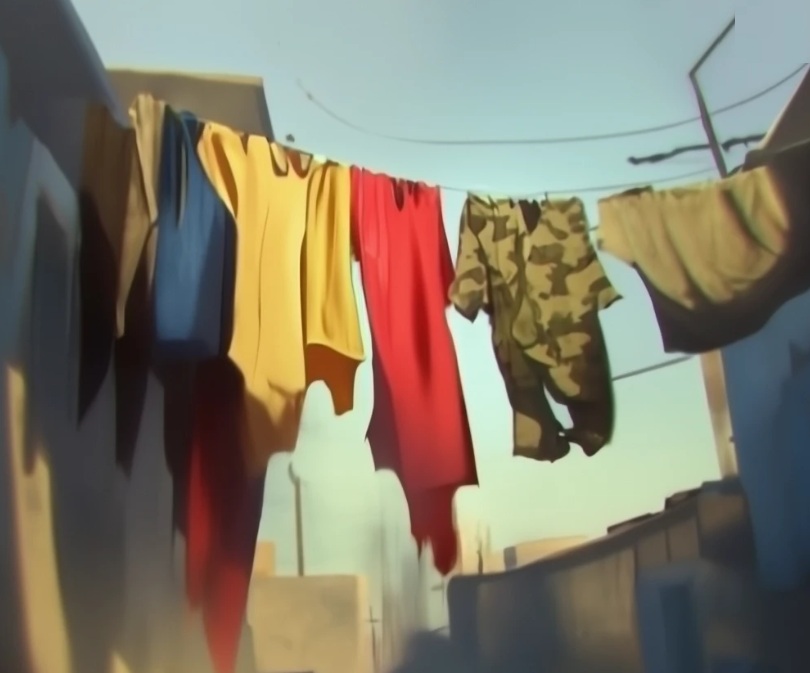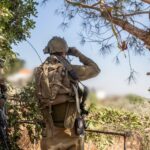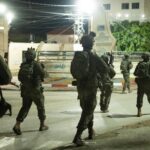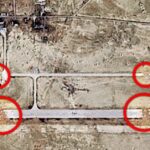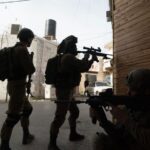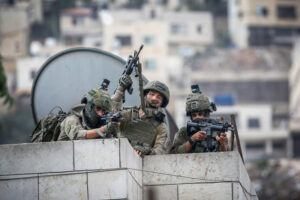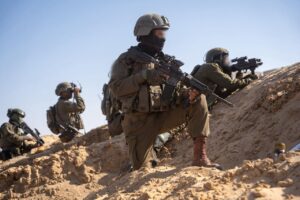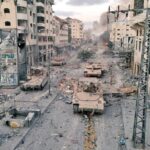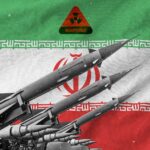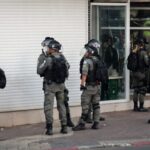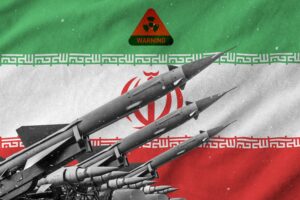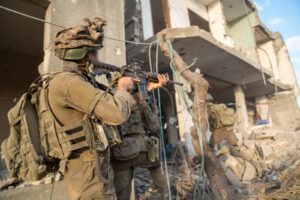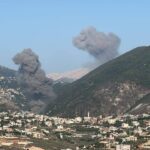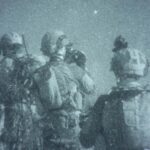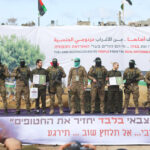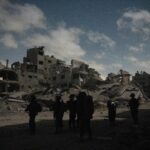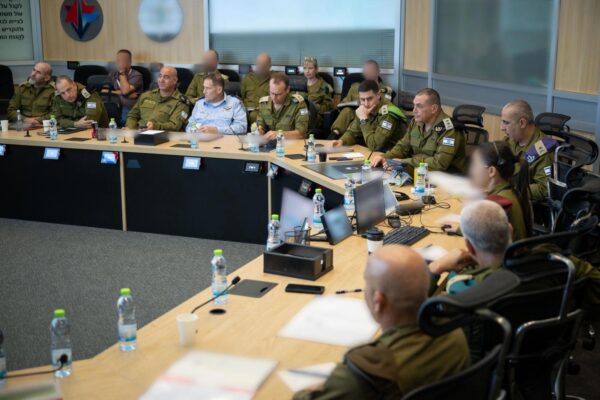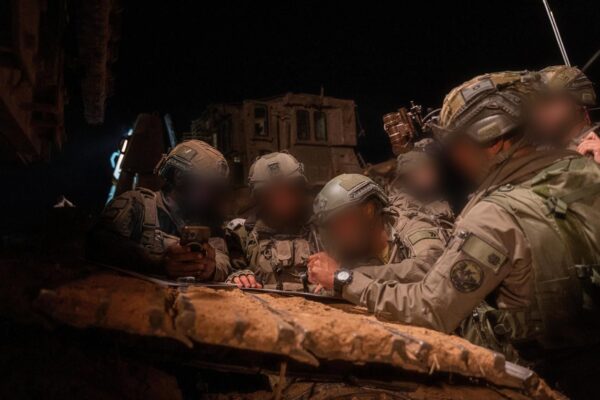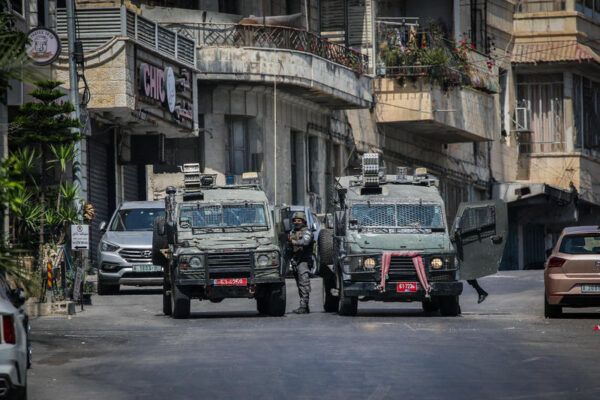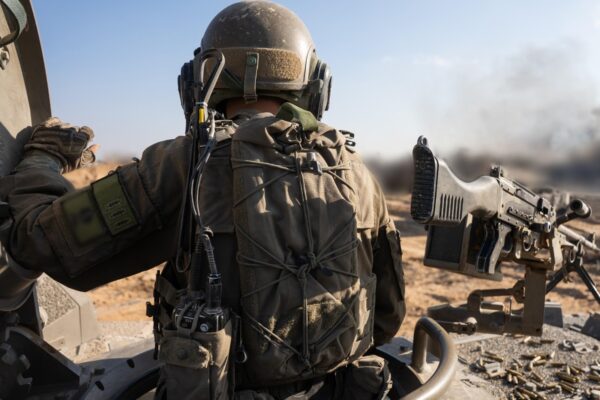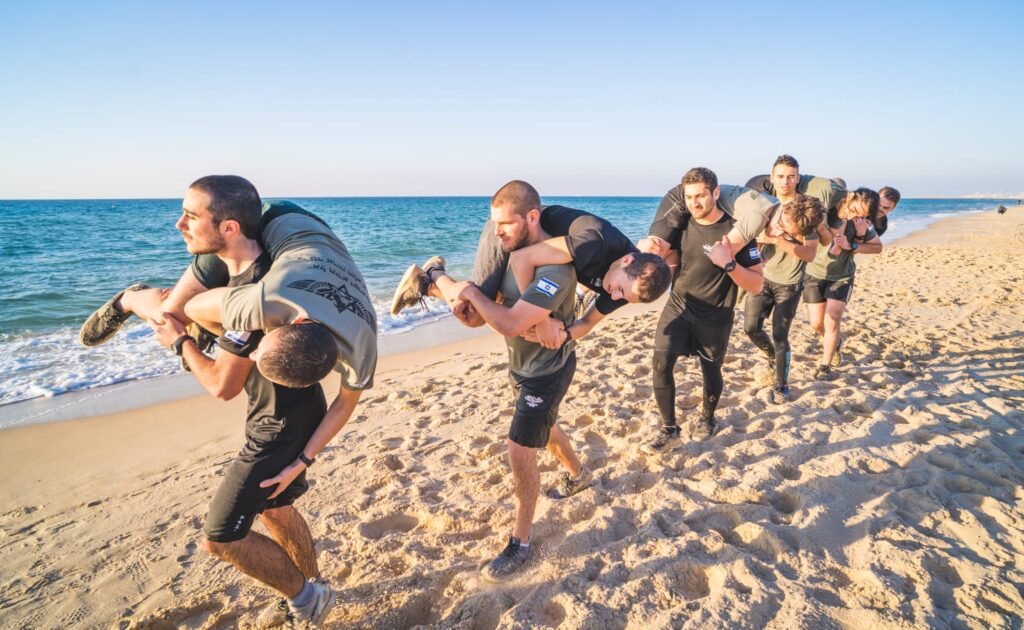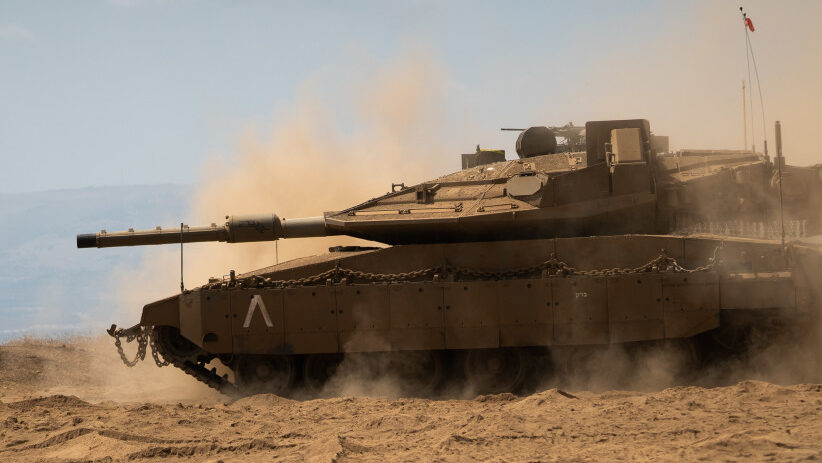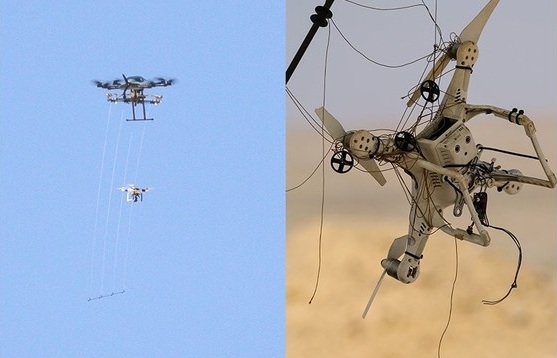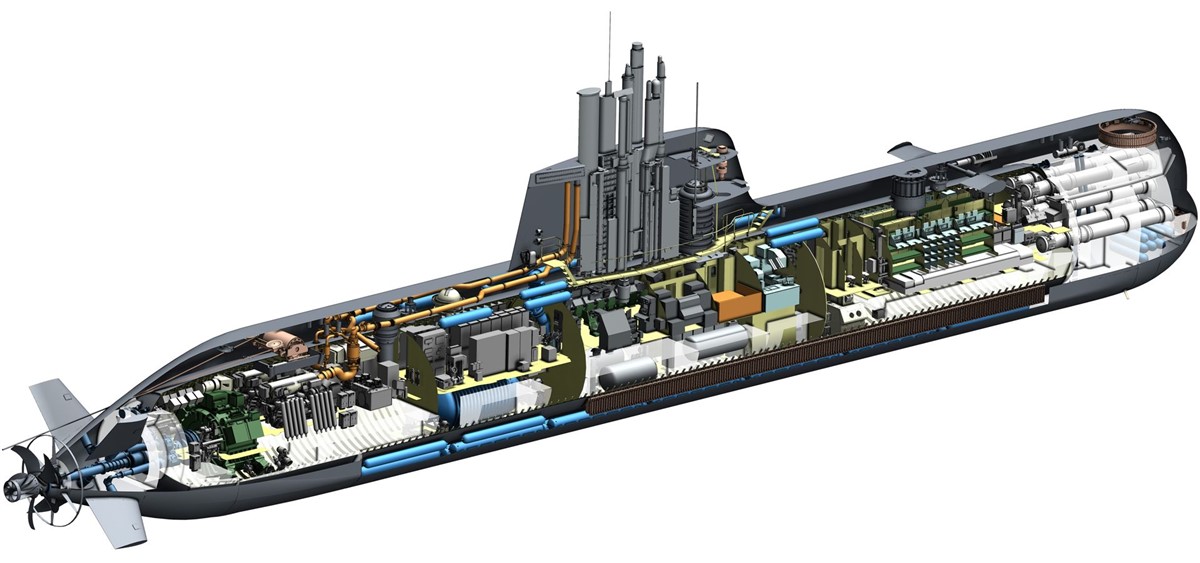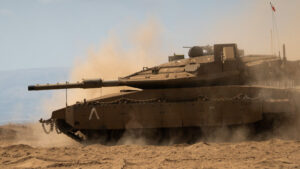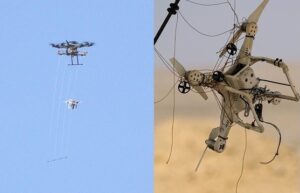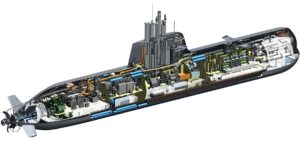Red cloths hung from windows or lines have been used by Hamas to mark safe houses, tunnel entrances, and weapons caches.
By Hezy Laing
IDF intelligence operations in Gaza have uncovered that laundry lines are being used as discreet markers to identify Hamas operatives and their hideouts.
In densely populated areas like Khan Yunis and Shejaiya, where Hamas embeds itself within civilian infrastructure, conventional surveillance often proves ineffective.
Analysts began detecting recurring patterns—specific garments hung outside buildings with little visible civilian activity—suggesting militant presence.
Hamas’s internal security has warned its fighters that drying clothes could unintentionally reveal their locations.
Israeli aerial and drone surveillance has leveraged these domestic cues—such as the type, quantity, and arrangement of clothing—to determine occupancy, estimate group size, and track movement.
These observations form part of a broader pattern-of-life analysis, where everyday details like lighting, refuse, and laundry contribute to intelligence profiling.
For IDF ground forces, laundry lines serve as visual indicators to distinguish between abandoned and active structures, assess potential threats, and identify ambush zones.
Military-style garments or uniforms displayed publicly have functioned as passive signals of militant activity.
These cues are cross-referenced with drone footage, signal intelligence, and human sources to guide targeted raids and airstrikes—demonstrating the sophistication of modern urban warfare.
Meanwhile, Hamas has reportedly employed laundry lines as covert communication tools.
Red cloths hung from windows or lines have been used to mark safe houses, tunnel entrances, and weapons caches.
These visual signals allow operatives to navigate urban terrain without relying on interceptable digital communication.
Intelligence reports confirm that such tactics have helped identify Hamas positions concealed within civilian areas, with IDF units—particularly the Golani Brigade’s 13th Battalion—using these clues to locate tunnel networks and sniper nests.
In this conflict, laundry lines have become more than domestic fixtures—they are tactical instruments in a battlefield where ordinary life is inseparable from military strategy.


